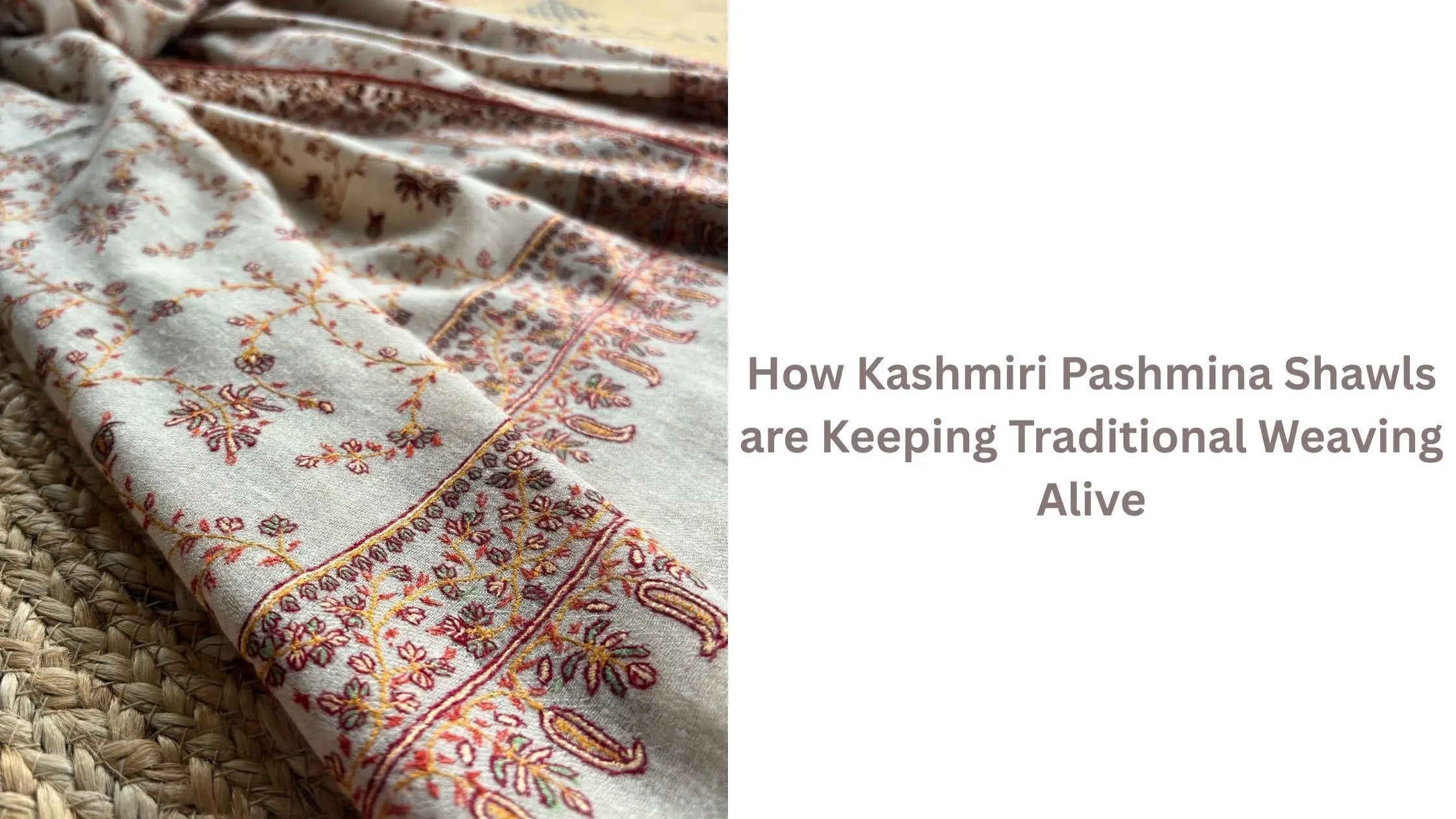
How Kashmiri Pashmina Shawls are Keeping Traditional Weaving Alive
In a world filled with fast fashion and machine-made textiles, handmade crafts truly stand out. One of the finest examples is a handwoven pure pashmina kashmiri shawl for ladies, especially those made in the Kashmir Valley. These shawls are not only warm and beautiful but also help preserve a centuries-old art form. The traditional weaving of pashmina is still done by hand, supporting families and keeping local heritage alive.
The Roots of Kashmiri Pashmina Weaving
The art of weaving pashmina shawls in Kashmir has been around for hundreds of years. Passed down from one generation to another, it reflects both skill and patience.
-
Pashmina wool is collected from the undercoat of Changthangi goats in Himalayas.
-
Weaving is done on handlooms, often set up at weavers' homes.
-
Every shawl takes weeks or even months to complete.
-
The designs often feature traditional Kashmiri motifs like paisleys and florals.
How Shawl Weaving Supports the Local Economy
Shawl weaving is more than just an art—it’s a livelihood for thousands of families in Kashmir. From goat herders and spinners to dyers and weavers, many depend on it.
-
Local goat herders supply raw pashmina wool.
-
Spinners, usually women, hand-spin the wool into fine threads.
-
Artisans weave the fabric using wooden handlooms.
-
Families work together, passing down skills to the next generation.
What Makes an Original Kashmiri Pashmina Shawl Unique
With so many options online, it’s important to know what makes a real pashmina shawl special. The original Kashmiri pashmina shawl is completely handmade and incredibly soft.
-
Real pashmina feels warm but is very lightweight.
-
The weave may have slight imperfections—proof it’s handwoven.
-
Unlike machine-made ones, handwoven shawls last for decades.
-
Labels like "100% Pashmina" are often misleading unless the source is trustworthy.
Role of Women in the Pashmina Industry
Women play a vital role in keeping the tradition alive. From spinning to embroidery, their work is often the first step in making a shawl.
-
Hand-spinning the wool is usually done by women at home.
-
Some women also add delicate embroidery to finished shawls.
-
Working from home allows them to contribute while managing households.
-
Their role supports both tradition and family income.
The Process Behind Every Pashmina Shawl Kashmir Offers
Each pashmina shawl Kashmir produces goes through several steps. These are done slowly and carefully by hand, not by machines.
-
Wool collection happens once a year from mountain goats.
-
The wool is cleaned, spun, and dyed using natural methods.
-
Weaving is done on a handloom with great care.
-
Some shawls are embroidered with detailed needlework.
How to Tell If It’s a Real Pashmina Shawl
With so many fakes around, buyers need to be cautious. Learning the basics can help you spot an original pashmina shawl with ease.
-
Real pashmina doesn’t shine like synthetic fibers.
-
It feels soft but not slippery like silk.
-
Authentic sellers offer details about origin and process.
-
Real Pashmina isn’t just soft—it’s beautifully fluffy too.
Why Pashmina Shawls Are Still in Fashion
Despite changing trends, pashmina shawls remain popular for their comfort and timeless appeal. A Kashmiri shawl can be worn with modern outfits or traditional clothing.
-
They come in many styles—plain, embroidered, or dyed.
-
Suitable for both daily use and special events.
-
A good shawl never goes out of style.
-
Can be passed down as a family heirloom.
The Global Appeal of Cashmere Shawls
The soft texture and warmth of cashmere shawls make them a global favorite. People across the world wear them, often without knowing their deep roots in Kashmir.
-
Lightweight but warm, perfect for many climates.
-
Popular among celebrities and designers.
-
Exported from Kashmir to Europe, the USA, and more.
-
Demand helps support traditional artisans.
How Pashmina Shawls from Kashmir Help Preserve Culture
These shawls are not just products; they carry stories, skill, and soul. Buying pashmina shawls from Kashmir supports people and traditions that are often under threat.
-
Every purchase helps keep handloom weaving alive.
-
Artisans feel pride in continuing their family trade.
-
Cultural identity is preserved through art and work.
-
Promotes ethical fashion and slow craftsmanship.
Caring for Your Cashmere Pashmina Shawl
To make your shawl last, it’s important to care for it properly. Good care keeps the shawl looking new for years.
-
Always dry-clean to avoid damaging the fibres.
-
Store in a clean, dry place, away from moths.
-
Fold gently—do not hang, as it may lose shape.
-
Avoid spraying perfume or using harsh soaps.
Final Thoughts
The true beauty of a pashmina lies in more than just its soft texture or elegant design—it’s deeply rooted in the people, skills, and stories passed down through generations in the valleys of Kashmir. Each shawl is the result of hours of careful hand-weaving, skilled embroidery, and a deep connection to tradition that continues to thrive despite modern changes.
When you choose to own a pashmina, you’re not just buying a winter accessory—you’re supporting a craft that holds cultural and emotional value. If you're searching for something that brings together warmth, craftsmanship, and a story worth sharing, Shahkaar offers a selection of shawls that honor and preserve this timeless heritage.

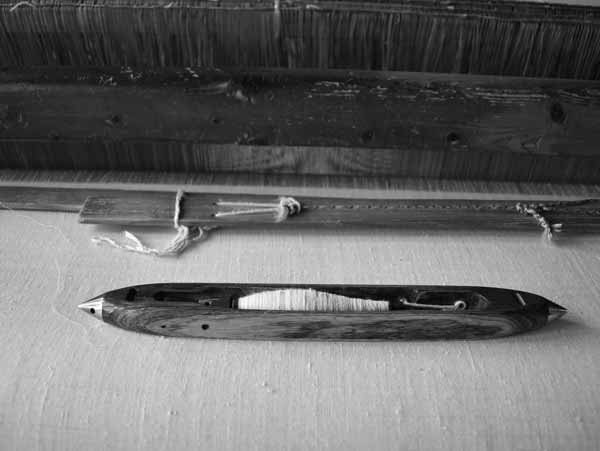
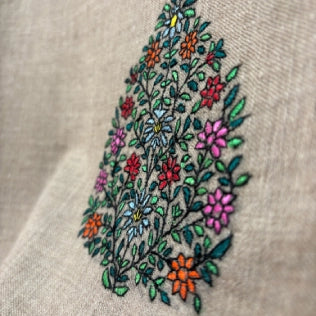
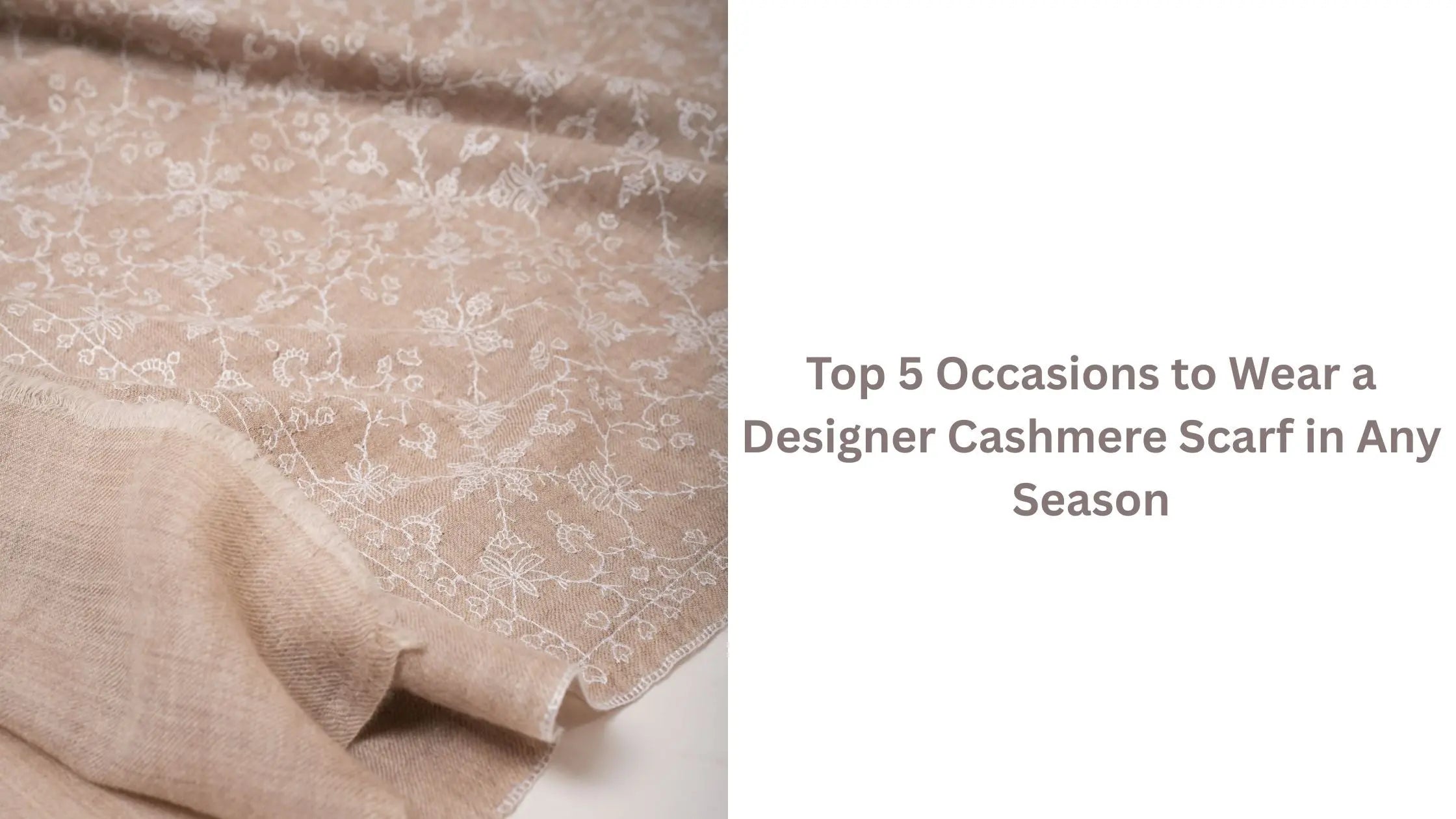
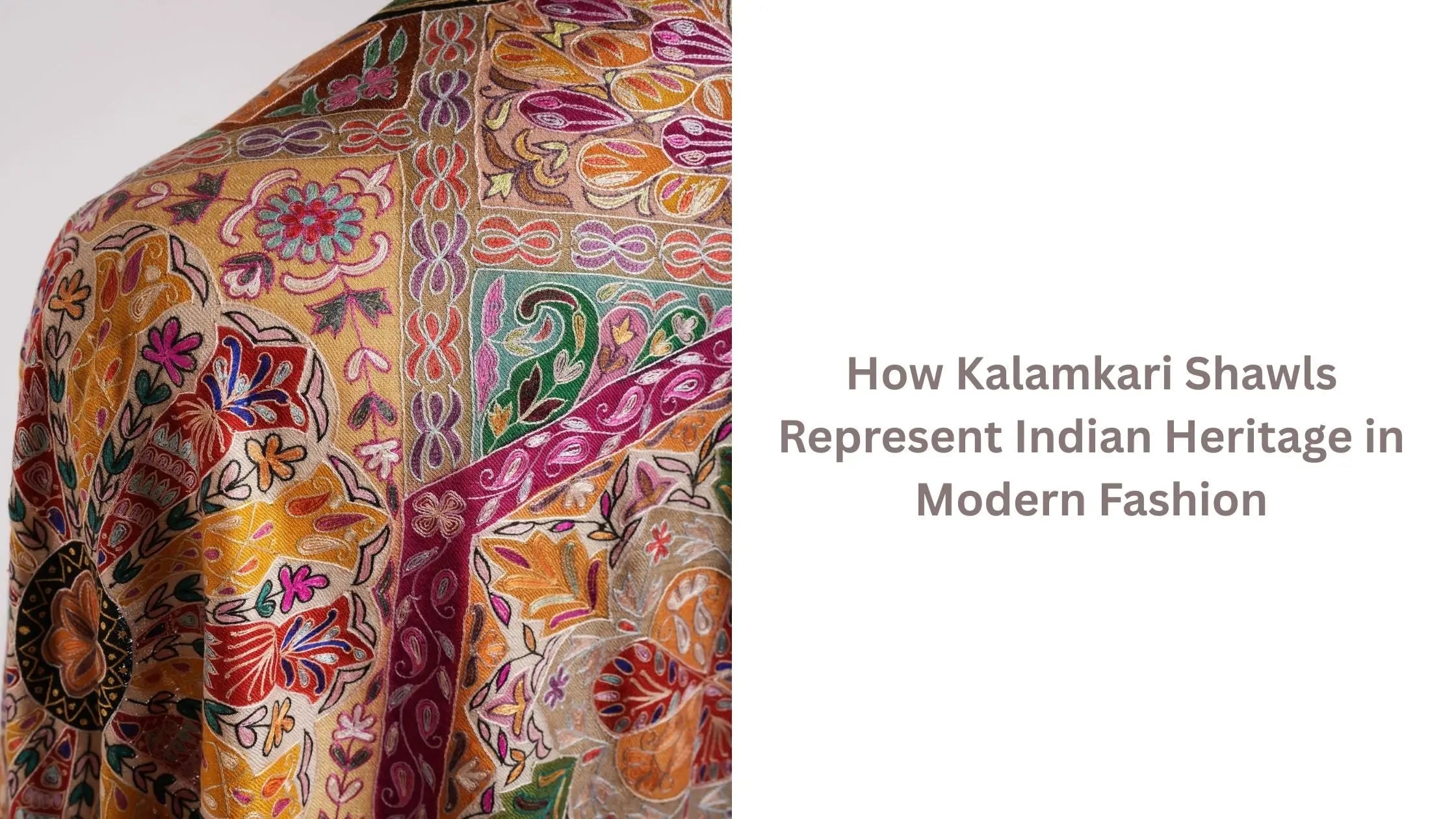
Leave a comment
This site is protected by hCaptcha and the hCaptcha Privacy Policy and Terms of Service apply.